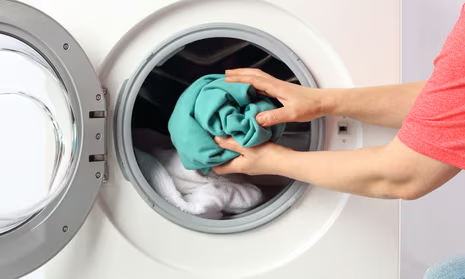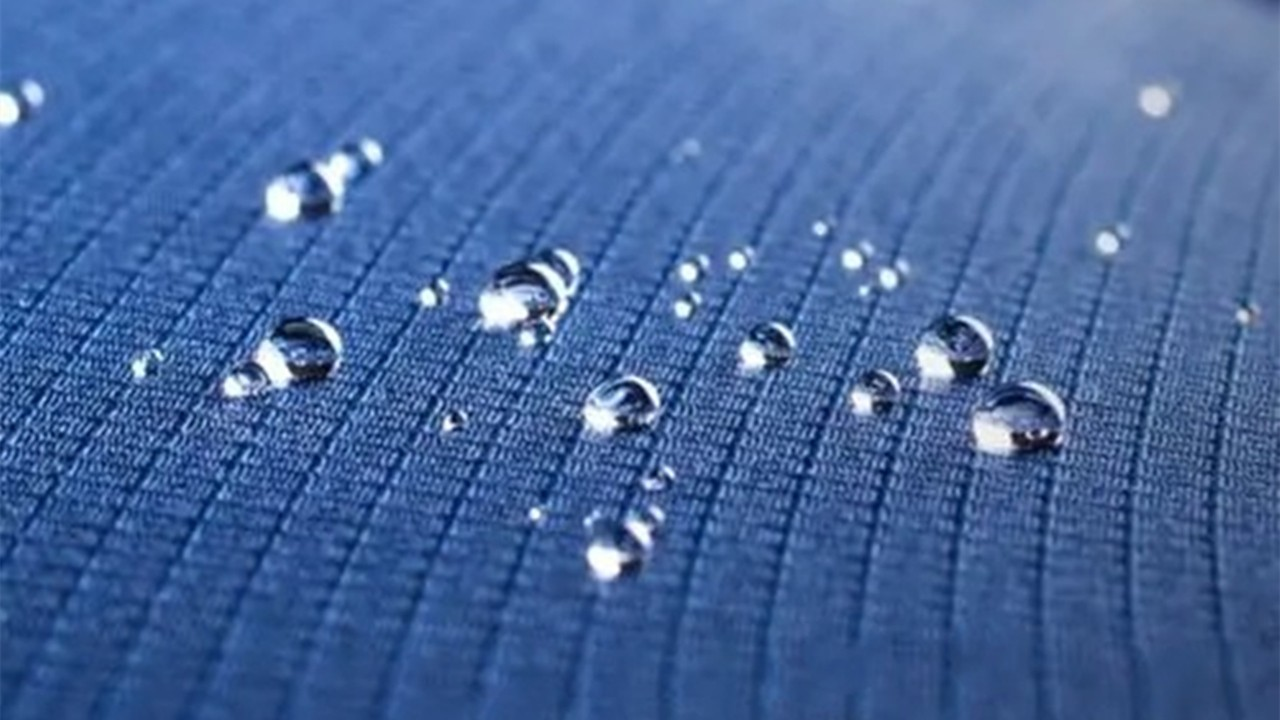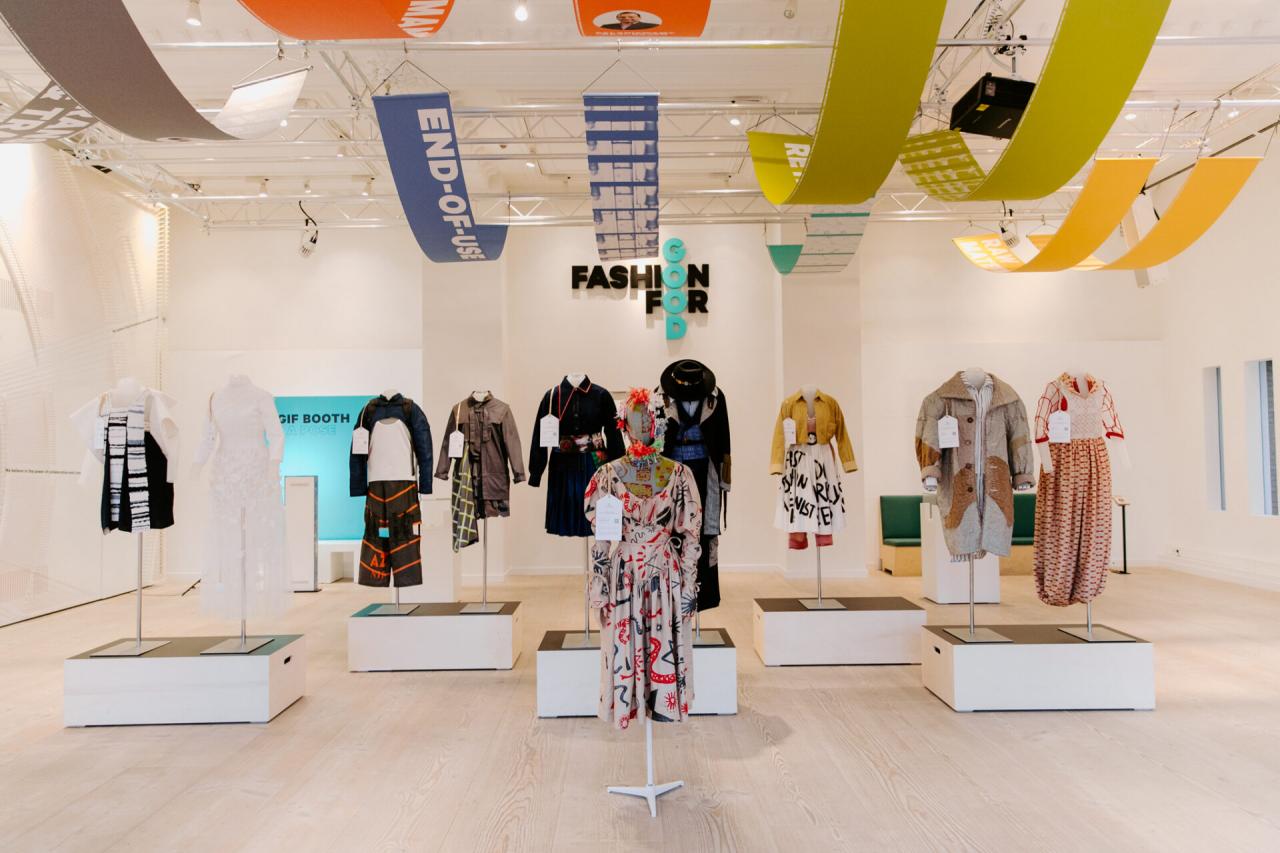Decoding Greenwashing: Fashion Industry Tell-Tales
Share

In a world where sustainability has become an increasingly pressing issue, the fashion industry has come under scrutiny for its greenwashing practices. With consumers becoming more conscious of the environmental impact of their purchases, it has become crucial to decipher the tell-tale signs of greenwashing in the fashion industry. So, what exactly is greenwashing and how can we decode it? Let’s delve into the world of sustainable fashion and unravel the truth behind the facade in this article.

Signs of Greenwashing in the Fashion Industry
Greenwashing in the fashion industry is a common practice where companies deceive consumers into thinking their products are sustainable or eco-friendly when they are not. It’s essential for consumers to be aware of these misleading tactics to make more informed purchasing decisions. Here are some signs to look out for:
- Vague and misleading labels: Watch out for terms like “natural” or “green,” which are often used without any real substantiation. Look for specific certifications like GOTS or Fair Trade to ensure legitimacy.
- Excessive marketing hype: If a brand puts more effort into promoting its sustainability than actually implementing it, it could be a red flag. Look for brands that focus on transparency and measurable goals.
- Unsubstantiated claims: Be wary of brands that make grand claims about their environmental impact without providing concrete evidence or data to back them up. Look for companies that publish detailed sustainability reports.
By being aware of these tell-tale , consumers can hold companies accountable and support truly sustainable practices. Remember, actions speak louder than words – so look beyond the marketing tactics to make a positive impact with your purchases.
When it comes to the fashion industry, it’s no secret that there are hidden environmental impacts lurking beneath the surface. From water pollution to deforestation, the negative effects of fast fashion are far-reaching and often go unnoticed by consumers. However, by decoding the tell-tale signs of greenwashing, we can start to uncover the truth behind the clothes we wear.
One common tactic used by fashion brands to greenwash their image is through vague or misleading marketing claims. Words like “eco-friendly” or “sustainable” are often thrown around without any real evidence to back them up. By digging deeper and asking for transparency about their supply chain and production practices, we can start to separate the greenwashing from the truly environmentally conscious brands.
Another important aspect to consider is the material used in clothing production. Many fast fashion brands rely on synthetic fabrics like polyester, which are not only bad for the environment during production but also release microplastics into the ocean when washed. Opting for natural fibers like organic cotton or linen can help reduce these hidden environmental impacts.
The Importance of Transparent Supply Chains
Transparency in the fashion industry is becoming increasingly important as consumers seek to make more informed choices about the brands they support. A transparent supply chain allows customers to trace the journey of a product from raw materials to the finished garment, ensuring that ethical and sustainable practices are being followed every step of the way.
One tell-tale sign of greenwashing in the fashion industry is the lack of transparency in the supply chain. Brands that are truly committed to sustainability will be open and honest about where their materials come from and how their products are made. On the other hand, companies that are only paying lip service to sustainability may try to hide or obfuscate information about their supply chain.
When shopping for clothing, consumers should look for brands that prioritize transparency and are willing to answer questions about their supply chain. By supporting companies that are open and honest about their practices, consumers can help drive positive change in the fashion industry and hold brands accountable for their environmental and social impact.
Tips for Consumers to Identify Greenwashing in Fashion
When it comes to shopping for clothing, more and more consumers are looking for sustainable and eco-friendly options. However, with the rise in popularity of “green” and “eco-friendly” fashion, many brands are guilty of greenwashing – a marketing tactic used to deceive consumers into thinking their products are more environmentally friendly than they actually are. To help you navigate through the sea of greenwashed fashion, here are some tips to identify greenwashing:
- Look for Specific Claims: Be wary of vague and general claims like “eco-friendly” or “sustainable”. Instead, look for specific details about how a brand is being environmentally conscious, such as using organic cotton or recycled materials.
- Check for Certifications: Look for third-party certifications from reputable organizations like GOTS (Global Organic Textile Standard) or Fair Trade. These certifications ensure that the brand’s claims are legitimate and meet certain environmental and ethical standards.
- Transparency in Production: Brands that are truly committed to sustainability will openly share information about their supply chain, production processes, and the impact their products have on the environment. If a brand is not transparent about these aspects, it could be a red flag.
| Greenwashing Tell-Tale Signs | How to Spot |
|---|---|
| Overuse of Green Imagery | Look beyond the marketing buzzwords and examine the brand’s actual practices. |
| Lack of Transparency | If a brand is not open about their sustainability efforts, it could be a sign of greenwashing. |
| Greenwashing Buzzwords | Be cautious of terms like “natural”, “pure”, or “green” without any concrete evidence. |
In conclusion, as consumers become more conscious of the environmental impacts of their purchases, it is crucial to remain vigilant and informed about greenwashing in the fashion industry. By recognizing the tell-tale signs and decoding the true sustainability efforts of brands, we can make more ethical and responsible choices in our consumption. Let’s continue to demand transparency and hold brands accountable for their claims, ultimately driving positive change towards a more sustainable future for fashion. Thank you for reading and stay tuned for more insights on navigating the complexities of greenwashing in the industry.





